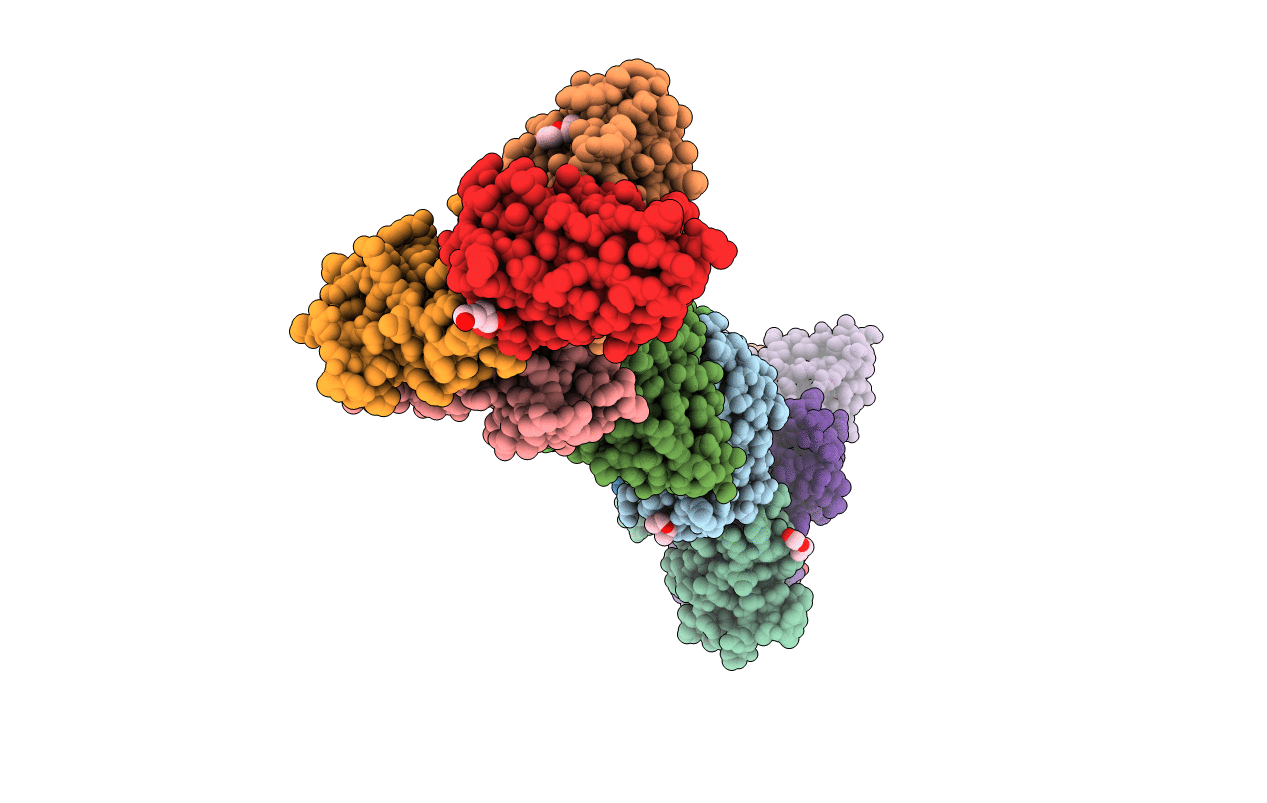
Deposition Date
2015-02-12
Release Date
2015-03-18
Last Version Date
2024-11-06
Method Details:
Experimental Method:
Resolution:
3.15 Å
R-Value Free:
0.24
R-Value Work:
0.20
R-Value Observed:
0.20
Space Group:
P 41 21 2


